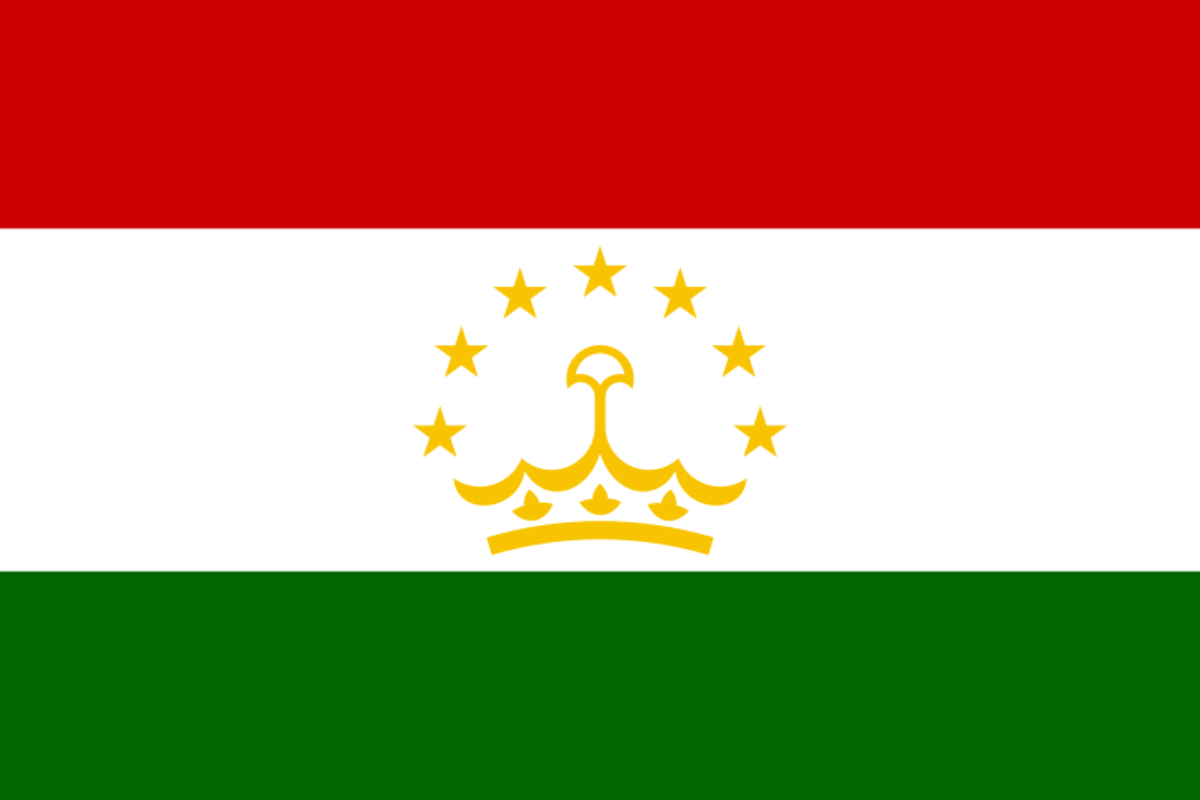The national animal of Tajikistan is the Marco Polo sheep. This is a subspecies of the argali sheep named after Marco Polo. They have large, spiralling horns and are overall a large species of sheep. They hold symbolic significance for the people of Tajikistan in a number of important ways.
The Marco Polo sheep is an incredible animal to behold.
Their horns are extremely impressive and even frightening, though they are not typically used to attack humans.
For this reason and a variety of others, the sheep was chosen as the national animal of Tajikistan and remains so to this day.
Let’s find out more.

What is the national animal of Tajikistan?
The national animal of Tajikistan is the Marco Polo sheep.
This is a subspecies of the argali sheep which is found in the Pamir Mountains, adjacent to the borders of many countries including Pakistan, Afghanistan, Kyrgyzstan, China and of course Tajikistan.
They can range a great deal in elevation from around 12,000 to as high as 15,700 feet above sea level.
They prefer to live near riparian areas with vegetation during the summer months and spend the winters on the gentler, south-facing mountain slopes.
Two main factors influence their distribution: the ruggedness of the terrain and the annual mean temperature.
Their most distinguishing feature is their large, spiraling horns.
Indeed, they have the longest horns of all sheep—the longest recorded horn was 6.2 feet long and weighed 60 pounds.
Typically length is around 55 inches.
This has made them a popular attraction for trophy hunters, unsurprisingly.
They are colored dark brown with white undersections, separated by a dark band of hair.
White hair will grow longer in males as the winter months approach.
Female coats do not change as much.
They typically live in small flocks up to a few dozen strong, and they may break up into smaller, same-sex flocks during the summer months.
Forming larger groups during the harsher months allows for better protection as well as the conservation of energy.
Rams will, at this point, begin fighting for dominance in the flocks, and this is when their horns come in useful.
The successful males will then choose their mates from among the flock without competition.
Males under six years generally will not compete for dominance.
They live in a hierarchical social structure, then, as herd mammals like this tend to do.
Males will smell the urine of their possible mates to choose.
Why, then, is this the national animal of Tajikistan?
Why is the Marco Polo sheep the national animal of Tajikistan?
The Marco Polo sheep is the national animal of Tajikistan for a few reasons.
On the one hand, they are symbolically significant in a number of ways.
They embody strength, freedom, pride and unity.
They live in large herds which, though they can become strained under the competition of males, ultimately work together for a greater outcome.
This is seen to be an important reflection of Tajiki values.
The sheep are seen as the embodiment of this aspect of Tajiki culture.
On the other hand, they are seen more literally as embodiments of the natural beauty of Tajikistan.
They are the very reflection of the rugged, mountainous terrain that occupies so much of the Tajiki landscape, harsh and unforgiving in their bodies as the mountains are.
But there is, of course, captivating beauty in this; in the rising and falling of the mountains and the great valleys that dominate beneath.
Presently, the Marco Polo sheep is also listed as at risk of becoming vulnerable.
They are currently at lower risk, but many things threaten their population numbers like illegal hunting.
By making them the national animal, attention can be brought to this.
Why are they called Marco Polo sheep?
They are called Marco Polo sheep simply because they were described by the traveler way back in the 13th Century.
Though they were not formally, scientifically described and identified until 1841, they of course have been important in the region for far longer than this and it was as far back as the 1200s that they were first sighted by a European, as far as written records go.
Naturally, in other parts of the world, the sheep goes by other names, which is important to bear in mind.
But the reason we call it the Marco Polo sheep is simply because Polo himself described the sheep in his journals.
Are Marco Polo sheep endangered?
Marco Polo sheep are not specifically endangered in the sense that they are officially listed as endangered by the IUCN Red List.
This officially classifies them as presently at lower risk.
However, concerns have been raised that excessive trophy hunting could present a major problem for the species in the near future if efforts are not taken to ensure their continued survival.
So, they may come to be endangered in the near future if present conditions continue.
At the moment, though, they are fairly secure and with only minor efforts and changes to practices, they can be saved.
This species of sheep, then, has some of the most impressive horns in all of nature and for this and many other reasons it has been chosen as Tajikistan’s national animal.
They embody many important aspects of life in Tajikistan and without them the ecological landscape of the nation may have looked very different.
Today they continue to hold literal and symbolic significance for the people of the nation.

